Kale 101: Everything You Need to Know
A few weeks ago, one of our readers asked us if we could publish a guide to everything kale and we leaped at the chance! What better time to explore this health and nutrition powerhouse than at the start of a brand-new year?Kale is awesome.No really, it is! Kale is full of filling fiber, healthful nutrients, and robust flavor. Enjoying kale all comes down to knowing what it is and how to prepare it well. So let's take a closer look at this marvelous green...Kale TypesWhen it comes to choosing a variety of kale, it's all about the leaves. These common types of kale are related to broccoli, cabbage, cauliflower, and collard greens! Curly Kale is perhaps the most recognizable kale type. Long used as a garnish in buffets and restaurants, curly kale can now grace the dinner table as more than just window dressing. It can be either purple or dark green, and its ruffled leaves give it a voluminous look. It's a popular variety of kale that you can find in most grocery stores. The older this kale is, the more bitter its flavor profile becomes, so look for young options.
Curly Kale is perhaps the most recognizable kale type. Long used as a garnish in buffets and restaurants, curly kale can now grace the dinner table as more than just window dressing. It can be either purple or dark green, and its ruffled leaves give it a voluminous look. It's a popular variety of kale that you can find in most grocery stores. The older this kale is, the more bitter its flavor profile becomes, so look for young options. Dinosaur Kale has perhaps the best name. Also known as black kale, cavolo nero, or Tuscan kale, this variety has large, green, leathery leaves that don't curl at all. Like curly kale, dinosaur kale is common and widely available, though it's not as bitter as curly kale. In fact, some tasters find nutty and warm undertones when this kale is cooked. It is closely related to Lacianto kale, which is a particular variety of dinosaur kale.
Dinosaur Kale has perhaps the best name. Also known as black kale, cavolo nero, or Tuscan kale, this variety has large, green, leathery leaves that don't curl at all. Like curly kale, dinosaur kale is common and widely available, though it's not as bitter as curly kale. In fact, some tasters find nutty and warm undertones when this kale is cooked. It is closely related to Lacianto kale, which is a particular variety of dinosaur kale. Ornamental Kale is a flowery kind of kale that is typically grown for its looks. Its appearance is similar to a large, leafy cabbage and it often features bright purples or whites in its central leaves. It is edible, though often not as tasty as other kale varieties.
Ornamental Kale is a flowery kind of kale that is typically grown for its looks. Its appearance is similar to a large, leafy cabbage and it often features bright purples or whites in its central leaves. It is edible, though often not as tasty as other kale varieties. Red Russian Kale looks a lot like a leaf that you might find on a tree. Each leaf has a reddish purple central vein, with the greens branching out from that central stalk. The leaves are super tender and sweeter than most other types of kale, but the red stalks are fibrous and very bitter. Remove them before preparing this type of kale.
Red Russian Kale looks a lot like a leaf that you might find on a tree. Each leaf has a reddish purple central vein, with the greens branching out from that central stalk. The leaves are super tender and sweeter than most other types of kale, but the red stalks are fibrous and very bitter. Remove them before preparing this type of kale. Siberian Kale has massive leaves with white central veins. It's a hardy crop that does well even in the most adverse weather conditions. It's more tender than most other varieties of kale, which makes it ideal for salads and raw applications.There are many more heirloom kales and kale crosses, but these are the most common and well-known, with dinosaur or curly varieties as the most widely available in the United States.Nutrient Content
Siberian Kale has massive leaves with white central veins. It's a hardy crop that does well even in the most adverse weather conditions. It's more tender than most other varieties of kale, which makes it ideal for salads and raw applications.There are many more heirloom kales and kale crosses, but these are the most common and well-known, with dinosaur or curly varieties as the most widely available in the United States.Nutrient Content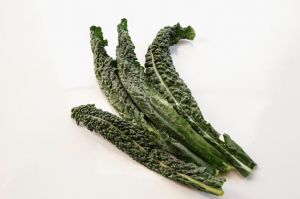 Oh my goodness, where to begin? Kale has a remarkable nutrient profile, which includes...
Oh my goodness, where to begin? Kale has a remarkable nutrient profile, which includes...
- Calcium
- Carotenoids
- Fiber
- Flavonoids like quercetin and kaempferol
- Iron
- Potassium
- Vitamin A
- Vitamin C
- Vitamin K
A single cup of kale offers over 20% of your daily recommended dose of vitamins A and C, along with plenty of vitamin K, all of which makes it an efficient vitamin-delivery food.According to the study Composition and Antioxidant Activity of Kale (Brassica oleracea L. var. acephala) Raw and Cooked, "kale has a great nutritive value and high antioxidant activity."But what do all the nutrients do for your health?Quite a lot, actually.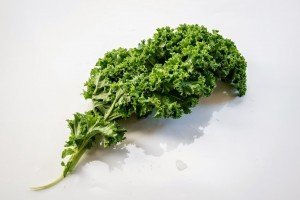 The World's Healthiest Foods's writeup of kale explains "Kale's risk-lowering benefits for cancer have recently been extended to at least five different types of cancer. These types include cancer of the bladder, breast, colon, ovary, and prostate. Isothiocyanates (ITCs) made from glucosinolates in kale play a primary role in achieving these risk-lowering benefits." In other words, kale can help people reduce their risk of a wide variety of cancers, thanks to the glucosinolates that kale contains.Kale is also rich in vitamin C, which boosts the immune system while promoting growth and healing damage. It also fights the free radicals that can harm your body.But wait, there's more! In fact, we're not even close to done. Kale is a great source of fiber, which makes you feel full and helps keep your digestive system on track. Fiber is one of the nutrients of concern pointed out by the Dietary Guidelines for Americans, which revealed that most people don't get nearly enough fiber. Plus, the fiber components in kale bind to bile acids in the digestive tract, which in turn can help lower your cholesterol levels. How great is that?Oh and before we move on from the "nutrients of concern" front, did you see that kale also contains calcium and potassium? Both of those are nutrients of concern too, with most Americans getting doses that are far too small. Load up on kale and you won't be one of them!All right, now let's continue down the alphabet of benefits. In addition to fiber, kale has flavonoids that help fight inflammation. This prevents cell damage and lowers the risk of many diseases. Medline Plus even asserts "You can also count on kale and its nutrients to help support your eye health, immune system, and heart."What can I say? Kale is awesome for your health.Ways to Prepare Kale
The World's Healthiest Foods's writeup of kale explains "Kale's risk-lowering benefits for cancer have recently been extended to at least five different types of cancer. These types include cancer of the bladder, breast, colon, ovary, and prostate. Isothiocyanates (ITCs) made from glucosinolates in kale play a primary role in achieving these risk-lowering benefits." In other words, kale can help people reduce their risk of a wide variety of cancers, thanks to the glucosinolates that kale contains.Kale is also rich in vitamin C, which boosts the immune system while promoting growth and healing damage. It also fights the free radicals that can harm your body.But wait, there's more! In fact, we're not even close to done. Kale is a great source of fiber, which makes you feel full and helps keep your digestive system on track. Fiber is one of the nutrients of concern pointed out by the Dietary Guidelines for Americans, which revealed that most people don't get nearly enough fiber. Plus, the fiber components in kale bind to bile acids in the digestive tract, which in turn can help lower your cholesterol levels. How great is that?Oh and before we move on from the "nutrients of concern" front, did you see that kale also contains calcium and potassium? Both of those are nutrients of concern too, with most Americans getting doses that are far too small. Load up on kale and you won't be one of them!All right, now let's continue down the alphabet of benefits. In addition to fiber, kale has flavonoids that help fight inflammation. This prevents cell damage and lowers the risk of many diseases. Medline Plus even asserts "You can also count on kale and its nutrients to help support your eye health, immune system, and heart."What can I say? Kale is awesome for your health.Ways to Prepare Kale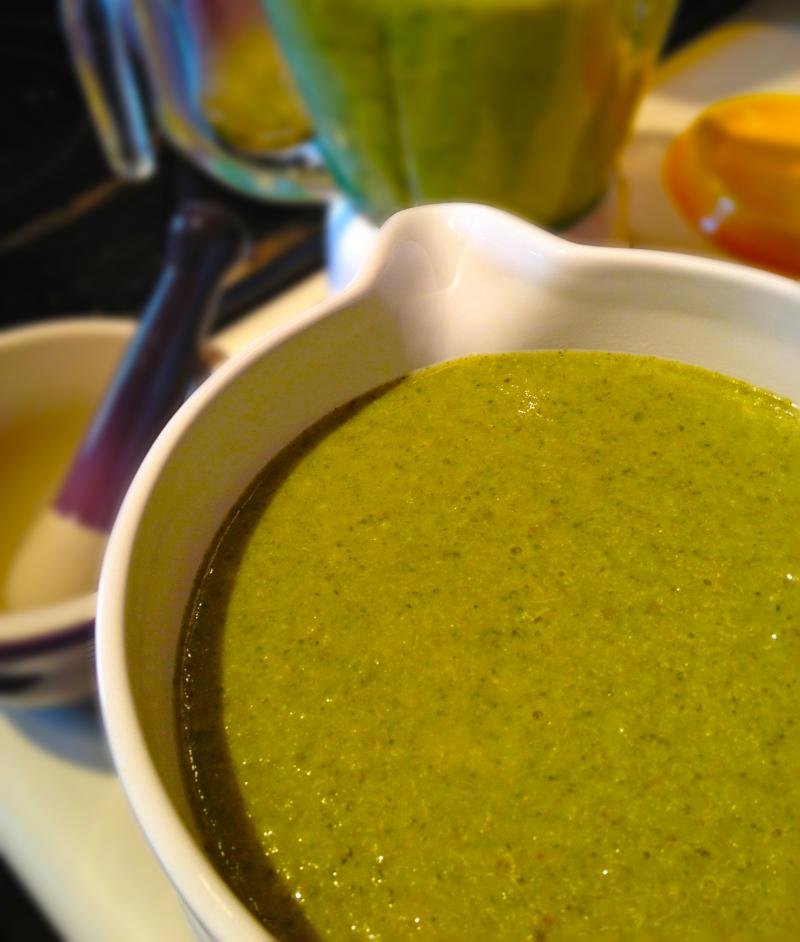 All right, now that we've discussed the many reasons why kale boosts health and helps fight disease, it's time to talk logistics. How can you prepare this wonder food?Kale is actually pretty versatile. Some of the most popular preparation methods include...
All right, now that we've discussed the many reasons why kale boosts health and helps fight disease, it's time to talk logistics. How can you prepare this wonder food?Kale is actually pretty versatile. Some of the most popular preparation methods include...
- Baked. Have you heard of kale chips? Yeah, sorry, I know you have. It's super easy to make your own kale chips. Just preheat your oven to 300 degrees Fahrenheit, toss the kale leaves with a little olive oil, salt, and pepper, and spread on a baking sheet. Put the sheet in the oven and roast until crusty, about 15 minutes or so.
- Pureed. If you have a hardy enough blender, you can make green smoothies with fresh fruit and a little bit of kale. It takes a lot of effort to get a really smooth drink though, so test out your blender and see what you can make. You can also cook it with broth and other vegetables for a tasty soup.
- Raw. Kale can be pretty tough, so if you would like to eat it raw, rub some dressing or lemon juice into the leaves for a while before letting them rest in the fridge. This will make raw kale way more palatable.
- Sautéed. Heat a bit of broth or olive oil in a nonstick skillet on your stovetop, add kale and sauté until wilted. Season with spices and herbs or just a bit of salt and pepper. You can eat this plain or toss it with whole grain pasta or brown rice.
- Steamed. Put a little water in the bottom of a saucepan and top with a steamer basket. Add kale leaves, cover, and steam for a few minutes, until kale is bright green and more tender.
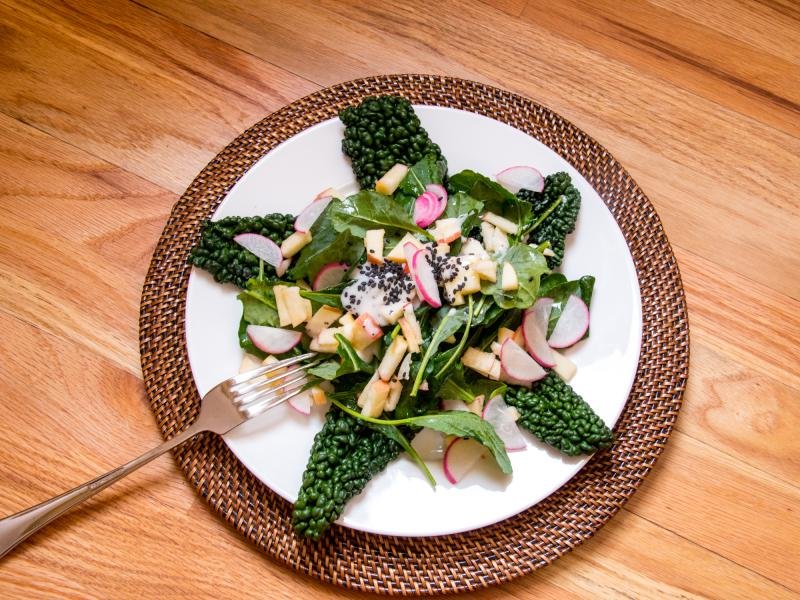 Our recipe developers and chefs have been cooking with kale for years. So if you or your clients would like a more detailed guide to cooking with kale, I've got you covered. Here are a bunch of my personal favorite free recipes...
Our recipe developers and chefs have been cooking with kale for years. So if you or your clients would like a more detailed guide to cooking with kale, I've got you covered. Here are a bunch of my personal favorite free recipes...
- Brown Rice and Kale Pilaf
- Colorful Kale Fennel Slaw
- Garden Green Stir Fry
- Kale Chowder
- Kale Star Salad
- Lightened-Up Kale Pesto
- Sweet Potato Kale Salad
- Vegetarian Paella
Phew! That was a lot of kale! Let's end this post with an infographic that you can share with your clients...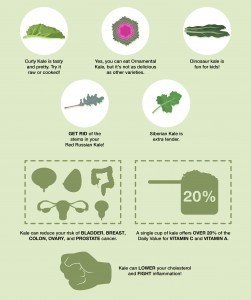 And here are some more nutrition and cooking resources that you can offer your clients!
And here are some more nutrition and cooking resources that you can offer your clients!






